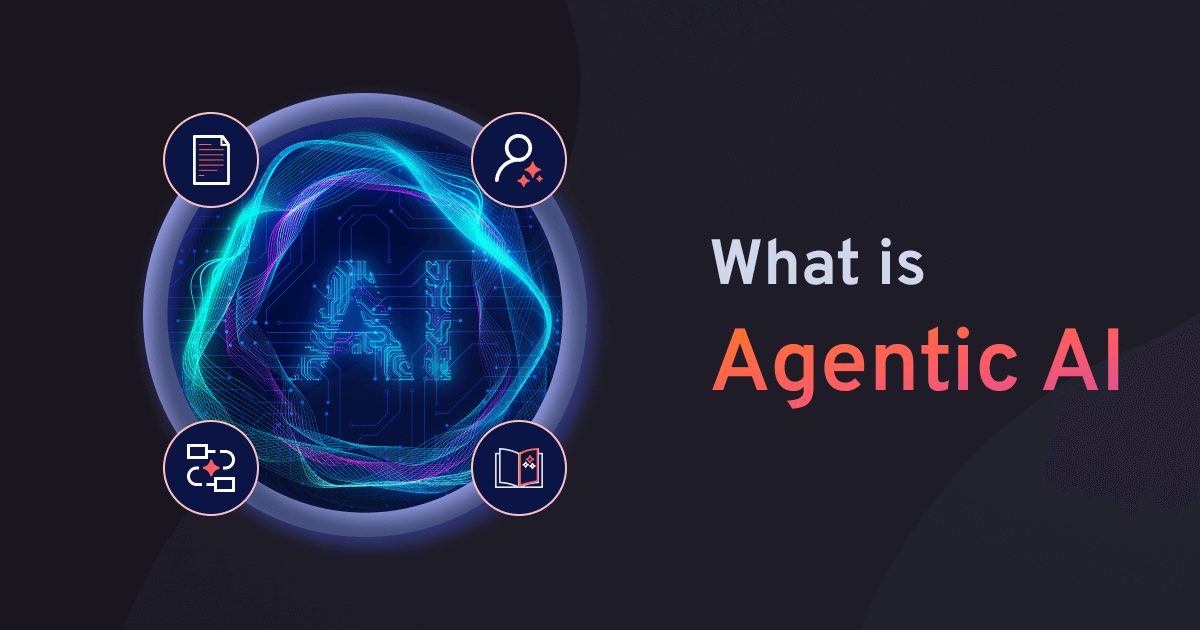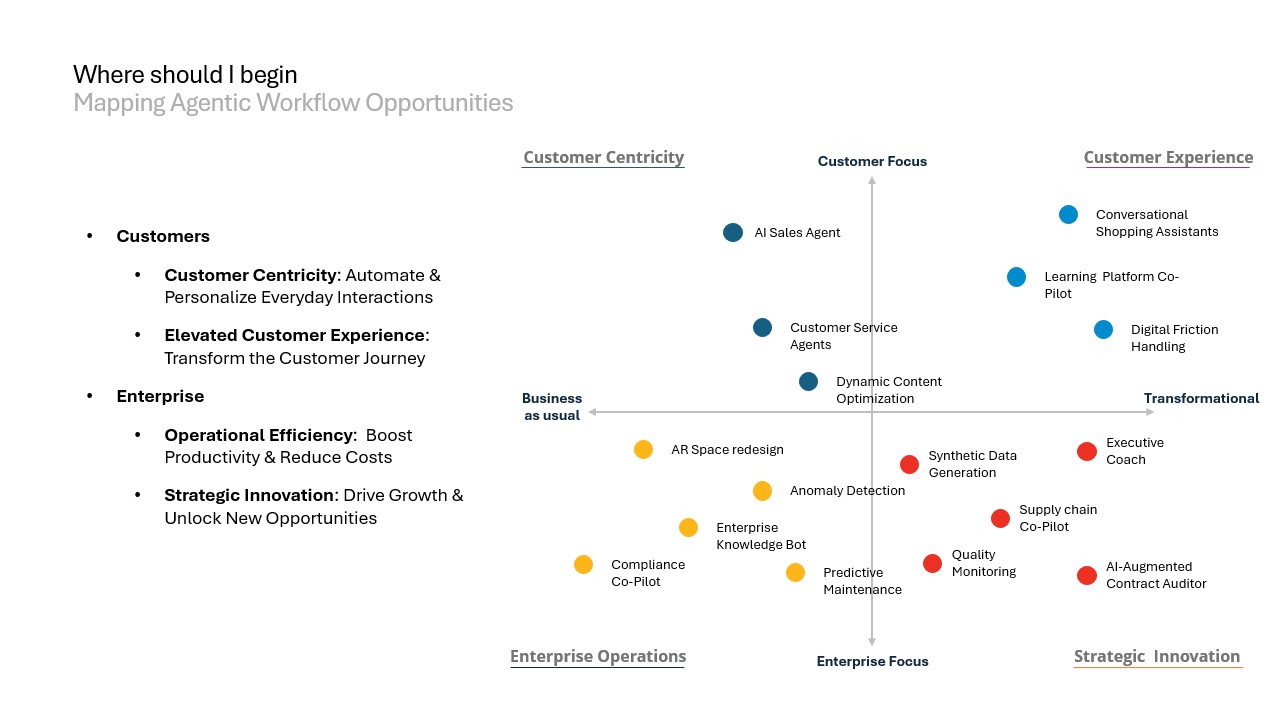Does Agentic AI and human alliance represent the higher-order ...
In the evolving landscape of intelligent systems, the synergy between human capabilities and Agentic AI is beginning to reshape how decisions are made, value is created, and innovation is scaled. Rather than functioning in isolation, this partnership could leverage contextual reasoning, empathy and ethical judgement of humans alongside the autonomous actions and decision-making of Agentic AI.
The Evolution of Agentic AI Systems
Organizations across sectors are beginning to invest in Agentic AI systems that can operate with minimum human input. This pursuit of self-governing intelligence reflects a growing vision/ambition to optimize operations and reduce delays due to exploding cognitive load. However, positioning Agentic AI as the sole driver of intelligence overlooks the nuanced value of human insight and intent. The real breakthrough lies in harmonizing human effort with agentic AI capabilities.

The Future of Intelligence Systems
While one segment of technologists invested in AI speaks of a rapidly-approaching era of artificial general intelligence (AGI), and sooner-than-later, artificial super intelligence (ASI), where humans may have little to no role in running worldly operations, the other segment of equally AI-oriented technologists believes that the real unfolding of intelligence may happen only with humans in the loop at all times, with varying degrees of control. We believe that the level of autonomy and agency that machines take onto themselves, with human approval, will determine how the next higher-order intelligence systems evolve.
The Interaction between Human and AI Agents
To understand this evolving relationship, it’s important to first understand today’s landscape, where human intelligence drives the majority of the decision-making across complex, creative, and ethical domains. However, with evolving advancements in Agentic AI, we are witnessing a steady expansion of machine capabilities that are getting integrated into everyday workflows and cognitive tasks.
Today, the interaction between human and AI agents is still nascent, with only a limited overlap in capabilities and collaboration. The need for agentic automation arises from the growing complexity and volume of information humans process, alongside the demand for speed and precision. However, the intersection remains minimal due to various limitations – on the one hand, agentic intelligence is new and evolving, with both the technology and the ability of AI systems to replicate human-like agency, and on the other hand, humans’ reticence to use AI agents and their general mistrust in agentic autonomy persists.

Technological Advancements in AI
Technological constraints, including fragmented datasets, shallow contextual understanding, and limited memory capabilities of agents, further reduce the potential for deep synergy.
For instance, with Cursor AI, developers primarily focus on high-level problem-solving, design, and error checking, while the AI Agent handles more standardized tasks like requirements documentation, code generation, test script creation, and some predictive tasks, such as suggestions around feature conflicts, code reviews, and resolutions, and even integration with standardized development environments.

With Open AI’s Operator, for instance, while a human user defines preferences, manages payment and oversees the process to align everything with their needs, the agent handles the pipeline of travel bookings via the web interface.




















